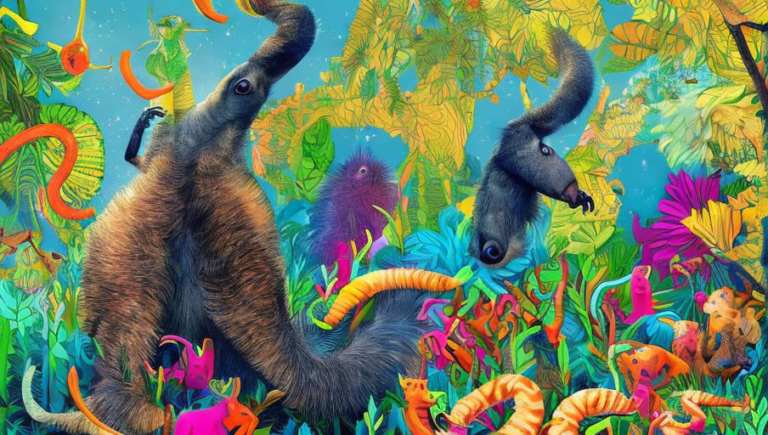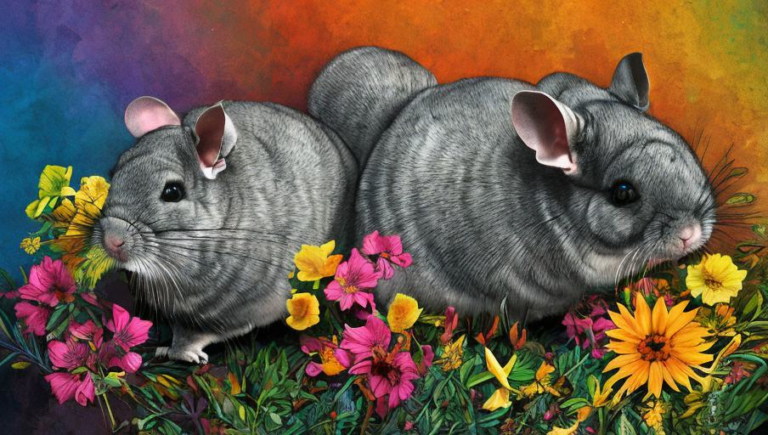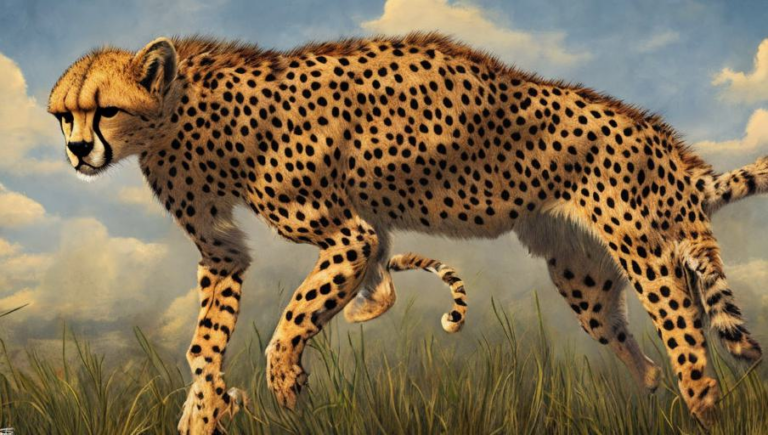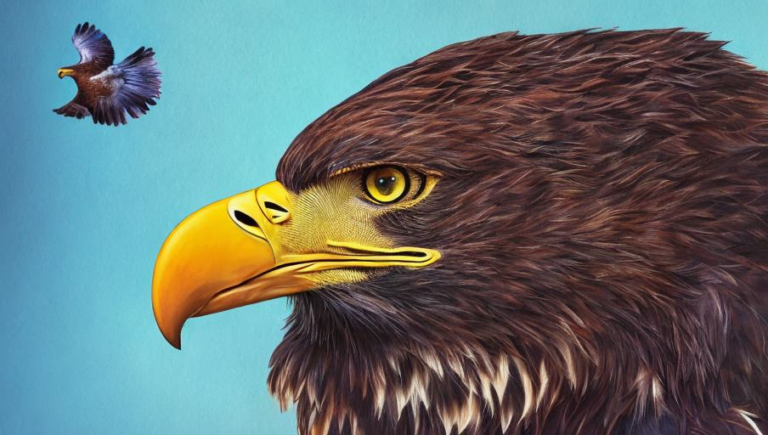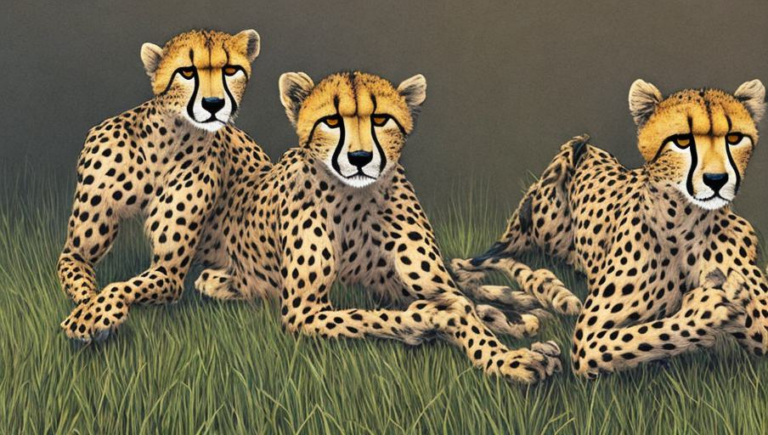Nightly Vigilance – How Coyotes Stay Safe
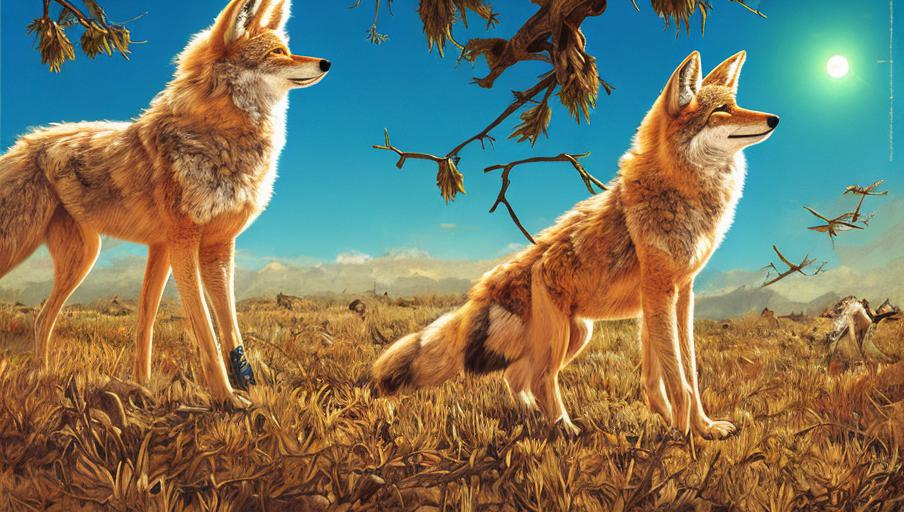
The Adaptable Predator
Coyotes have been part of the landscape of North America for thousands of years. These adaptable predators have been able to survive in a variety of habitats, from grasslands to deserts to suburban areas. Coyotes are intelligent, resourceful animals that have managed to avoid extinction despite human activities that have threatened the survival of other species.
Stealthy Tactics
Coyotes are nocturnal predators. They use their superior senses of hearing and smell to detect prey and to stay hidden from potential predators. They will often hunt alone, but may form small packs to hunt larger animals. Coyotes have been known to use various methods to hunt, including chasing, stalking, and ambushing.
Defensive Measures
Coyotes are highly defensive animals. They will use a variety of tactics to stay safe from potential predators. Coyotes will try to stay hidden and make themselves look larger by raising their fur and arching their backs. They will also make high-pitched yips and howls to warn others of their presence. When in danger, coyotes will often retreat to a den or underground burrow. They may also escape by running away or climbing a tree.
Habitat Protection
Coyotes need a safe place to live and raise their young. In order to protect this species, it is important to maintain their natural habitats. This includes preserving undeveloped land, reducing human disturbance, and protecting denning sites. Coyotes can also be beneficial to the environment by keeping rodent populations in check. By protecting coyotes, we can ensure that they have a safe place to live, helping to maintain the balance of nature.
Conclusion
Coyotes are an important part of our ecosystems and an iconic symbol of the American West. They are intelligent and resourceful animals that have evolved to use various methods to stay safe and successful. By protecting their habitats and understanding their behavior, we can ensure that coyotes will continue to thrive in the wild for generations to come.
